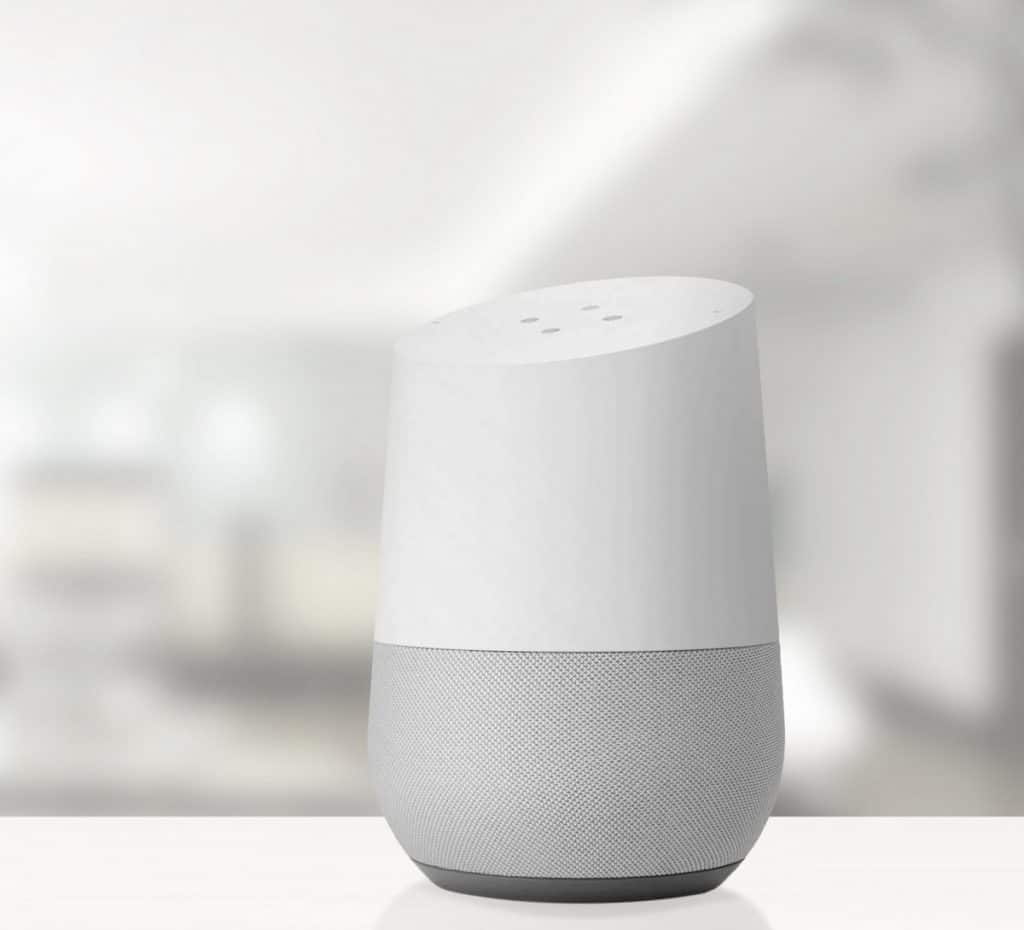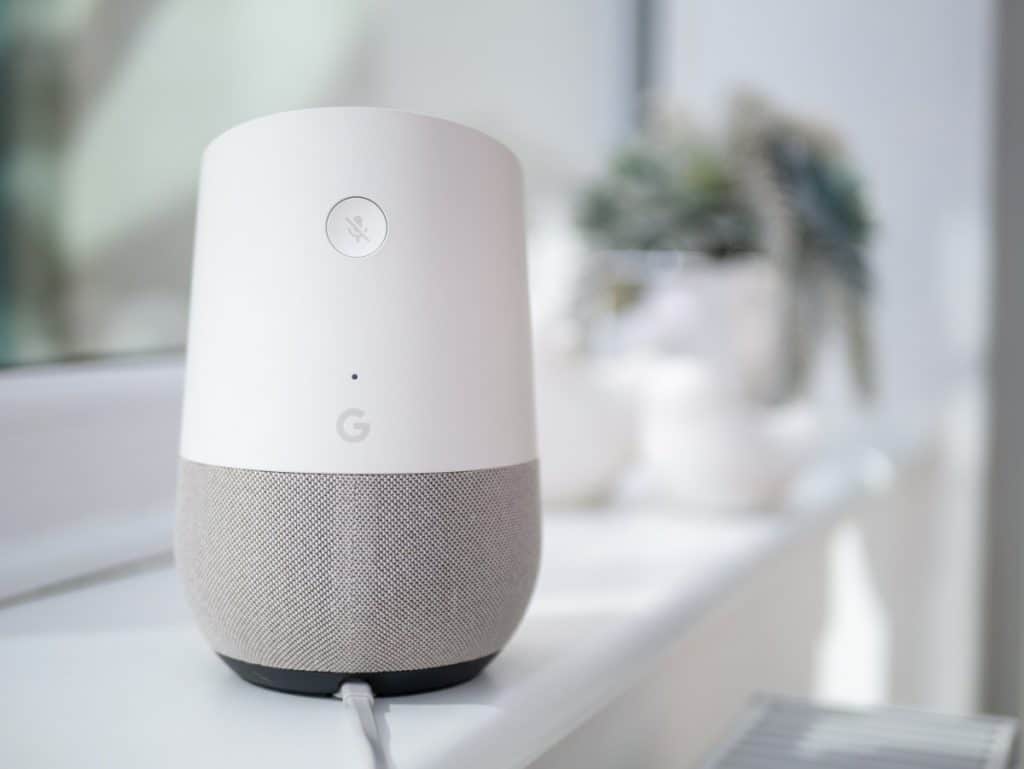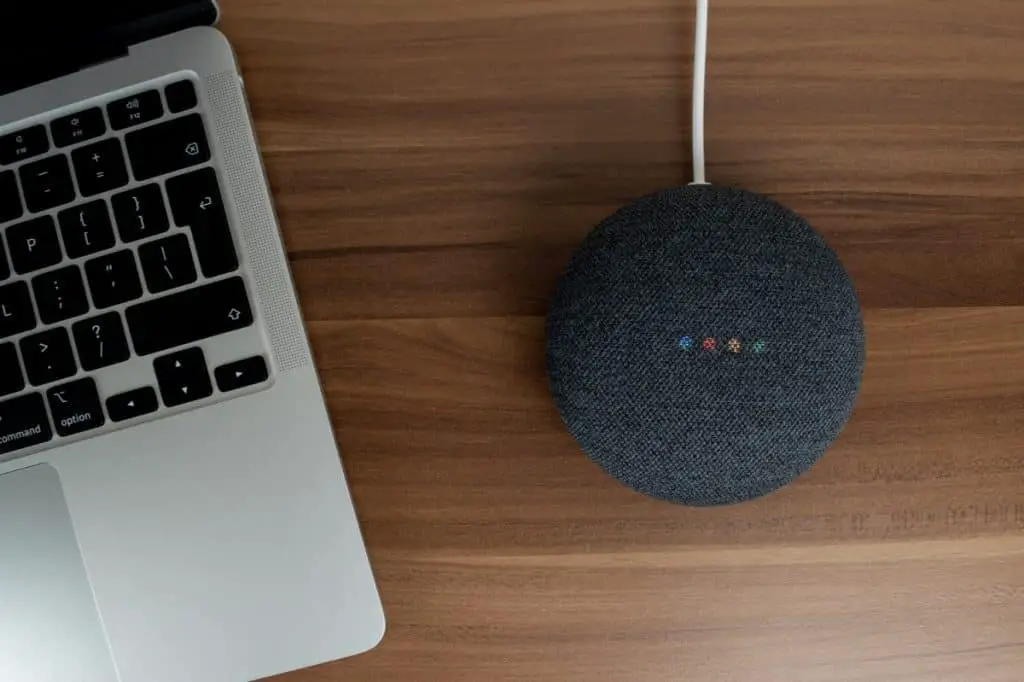Google Home is a nifty little device that has been making its rounds around the globe for quite a while now. It’s a very convenient tool to make all your smart devices at home accessible with just a voice command. However, like any other device, it may also have some downsides when overused.
Your Google Home can overheat. It may be due to overuse, misuse, or damage to your unit. It is also possible that extreme weather conditions affect your Google Home’s performance.
In this article, we will discuss the different reasons why your Google Home is overheating and ways to prevent this from happening again. I will share some safety tips and talk you through the perks you’ll enjoy from having a Google Home. Let’s get the ball rolling!

Factors That Can Cause Google Home Overheat
Google Home, through the years, has already proven itself to be dependable, resourceful, and handy. It’s been making its way to homes and offices and establishing itself as part of the family or community. All it takes is one remark – “Hey, Google!” – and the information we need will be right at our fingertips.
However, one of the common concerns about Google Home is its safety, particularly the possibility of overheating. Devices overheating is a significant concern for most homeowners because it can cause damage to the home’s electrical circuits. It can also cause injuries and fire.
Your Google Home can overheat due to a variety of reasons. Here are some of them:
1. Overuse
Like any other electronic device, your Google Home can overheat when overworked. It needs to be plugged into a power outlet for it to function. It does not have batteries or any other source of power.
What you can do: Try unplugging the unit if the heat makes you uncomfortable or when not in use. This will give your Google Home a well-deserved break and you some much-sought-after peace of mind.
2. Misuse
Because of user-friendly features and the convenience they offer, modern technological devices have become increasingly easier to use. As a result, most people tend to use them without reading a user manual thoroughly.
However, there are some things you need to check when using your Google Home device for the first time. These include:
- Are you using a different power supply for your Google Home?
- Does your device have dents?
- Are the buttons functioning correctly?
What you can do: The only power supply you should use with your Google Home is the one that came with it. In the same way, don’t use this power supply for other electronics.
Be careful in handling your Google Home. Avoid dropping it. Do not repeatedly and unnecessarily press buttons, and make sure it is situated in a safe spot where it is not prone to falling or being bumped off.

3. Damaged Power Cord
In many homes, electronic gadgets may be placed together in the same place for easy access and organization. While it may seem tidy that way, it may also pose some risks to your wires and cords. Your power cord could be disfigured due to regular wear and tear and frequent misuse.
What you can do: Make sure your power cord is always in an optimal position when in use. Do not bend or fold it. Keep it away from heat, particularly other electronics or appliances that produce heat. In addition, do not let it get wet.
Most importantly, do not use your Google Home if your power cord is damaged, as this can be a fire hazard.
4. Extreme Weather Conditions
Extreme cold, heat, strong winds, and snow can damage your Google Home. Although it seems unlikely that your device may get exposed to these conditions, placing your device next to an open window during extreme weather conditions may damage it.
What you can do: Shield your Google Home and the power supply from heat and cold. Look for a spot where your Google Home will not be exposed to harsh sunlight. Make sure it is not in the way of drafts as strong winds can topple it over.
See to it that your device is not exposed to rain and snow. The key is to find a location where it is shielded from these elements.
Is Overheating Normal for a Google Home?
Overheating is not normal for a Google Home. It is an indication that something might be wrong with your device. It is crucial to identify the cause at once to avoid damaging your unit and to eliminate potential risks and hazards to your home.
However, it is a normal occurrence to feel your Google Home warmer than usual now and then. Some people find it reassuring to turn off and unplug their device for a short while, or at least until it isn’t too warm anymore.

Google Home Safety Tips
Having a Google Home in your household offers more convenience and ease in accomplishing simple tasks. However, it would be best to be mindful about how you use this little assistant lest it exposes you to risks and complications in the long run.
Here are some things you should keep in mind when welcoming a Google Home into your house:
- Think twice when linking external devices. The more external devices you connect to your Google Home, the more vulnerable some of your personal information may be. Take online banking, for instance. Avoid exposing such personal and crucial information by not linking too many gadgets all at once.
- Make sure that “Voice Match” is enabled. This is one of the best safety features of Google Home. When Voice Match is enabled, your Google Home will learn to identify your voice (and each family member) over time. This ensures that unauthorized people won’t be able to activate your device.
- Mute When Unused. When your Google Home is not in use – say, the whole family will be spending the weekend out of town – mute your device by pressing the toggle switch. When your Google Home is on mute, you will not be able to use voice commands. This simple step will ensure that your Google Home will not be unintentionally triggered or, worse, activated by an unauthorized person.
Final Thoughts
Having a smart speaker like Google Home in your household has a lot of advantages. However, like practically any other leading-edge technology these days, it still has its drawbacks. If you’re like most device owners worried about overheating or privacy breaches, remember that proper use is vital.
Be mindful of the instructions provided, avoid damaging your device, be practical in its care, be reasonable in sharing information, and all will be well.

